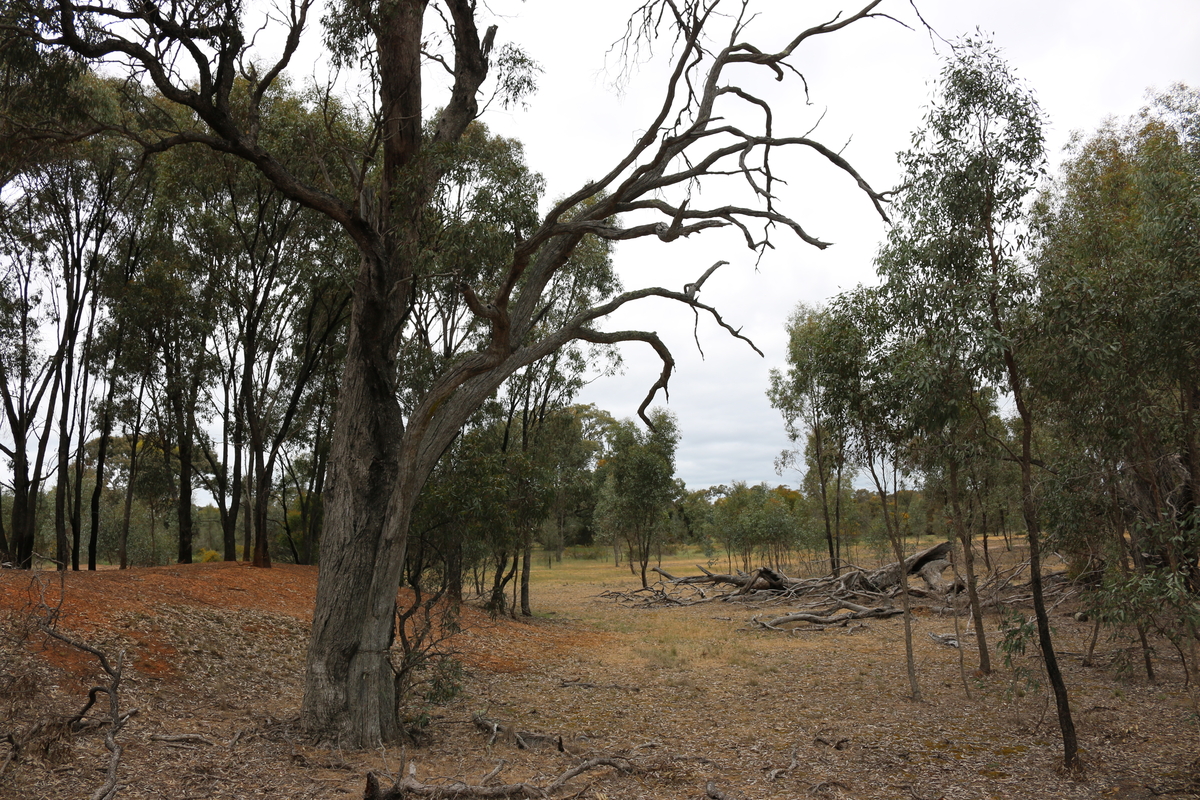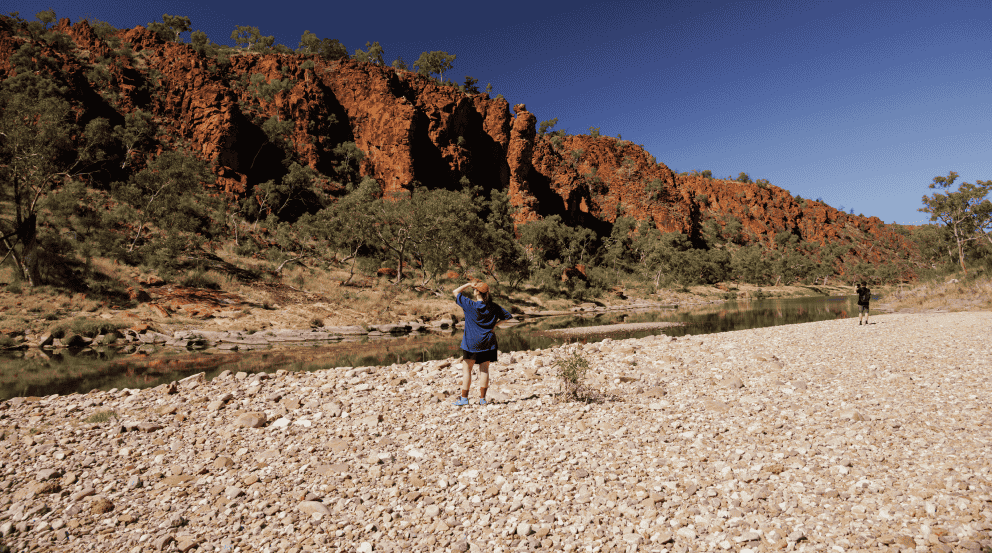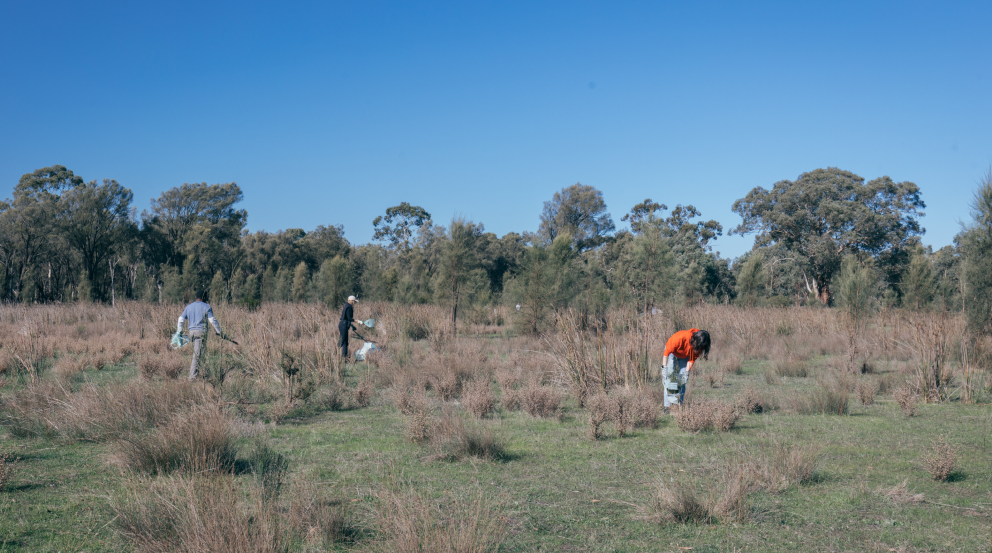Want to electrify your home but don’t know where to start? Meet Ben Russell, founder of Goodbye Gas, a Bank Australia customer and company dedicated to making the switch from gas to electric as easy as possible.
More than half of Australians feel positive about electrifying more Australian homes, but many simply don’t know where to begin. “I find the biggest hurdle for people is just how overwhelming the whole thing can seem,” says Ben. “And if it feels too hard, you will just keep putting it off.”
Trained as a sparky and with a particular interest in solar installation, Ben was running his electrical business when he first realised how confused the average person was about home electrification. “Clients were often asking me things that I thought were straightforward, as there was so little guidance out there on making the switch.”
Then in 2022 Ben had a lightbulb moment, and founded Goodbye Gas with sustainability experts Jeremy McLeod, founder of Nightingale Housing, and Peter Steele. The aim? To demystify home electrification and help people get off gas for good.
.jpeg)
How does Goodbye Gas work?
“We handle everything from the planning to the installation,” Ben explains. “That applies to retrofitting with owners or working with architects and builders for new builds.”
If you’re interested in making the switch, you can book a phone or in-home consultation, where the Goodbye Gas team will help identify each gas item in the house and how they can be switched out. From here they will develop an ‘electrification plan’, including a quote for each appliance to be upgraded. “People are often confused by what rebates are available in their area, so our quote includes all of that information as well,” adds Ben.
Goodbye Gas will then order all the new appliances and coordinate the installation with a team of trusted and vetted professionals. “The aim is for this part of the process to be as pain free as possible, and usually the switchover can all happen on the one day.”
But it doesn’t end here. The Goodbye Gas team remains available to answer any questions about the new electrical appliances that might pop up, and can even guide you through the process of removing your gas metre.
How much does getting off gas cost?
Goodbye Gas charges a modest fee for an initial video consult or in-home workshop. This initial cost is then credited back if the client chooses to go ahead with electrification. From this point, costs vary depending on the scope of the project.
It’s tricky to estimate how much making the switch will cost, as every home is different. “Our average customer spends between $13,000 and $15,000 for full electrification,” says Ben. “But that doesn't apply to everyone because some people want just a heat pump installed, some are eligible for different rebates, and some want their home fully upgraded with solar panels as well.
Ben acknowledges that the upfront cost can be a big barrier to people considering electrification, but says there can be a sliding scale depending on what a client wants. For Bank Australia customers, there are also home loan products like the Eco Upgrade and Eco Pause.
.jpeg)
Why make the switch?
Despite what fossil fuel companies might be trying to tell us, gas is bad for the climate, environment and our health. Homes are currently responsible for 10% of all of Australia's emissions, so getting off gas will go a long way to helping us reach our emissions targets. But it’s just not the planet’s health that is at risk; gas stoves and other appliances are an established source of indoor air pollution. The Climate Council explains that gas cooking and passive cigarette smoke create a comparable risk of childhood asthma.
There are also long term financial benefits to getting off gas. The Climate Council estimates that the average Australian household can save between $500 and $1,900 per year on energy bills after making the switch.
“If you decide the switch is right for you,” says Ben, “in many cases we can get a home off gas in four to six weeks – that’s from your initial phone call to fully ditching the gas metre. And we know it’s a huge thing to do, so we’ll be there to celebrate with you.”
Interested in going all-electric? Book a free 10-minute consultation with Goodbye Gas here. Or learn more about how Bank Australia can help you make the switch with our Clean Energy Home Loan.
.jpeg)







